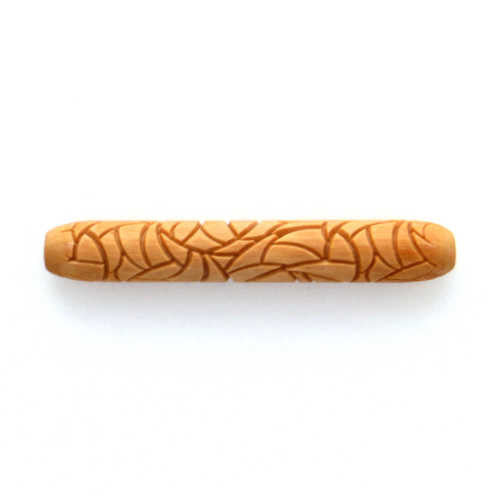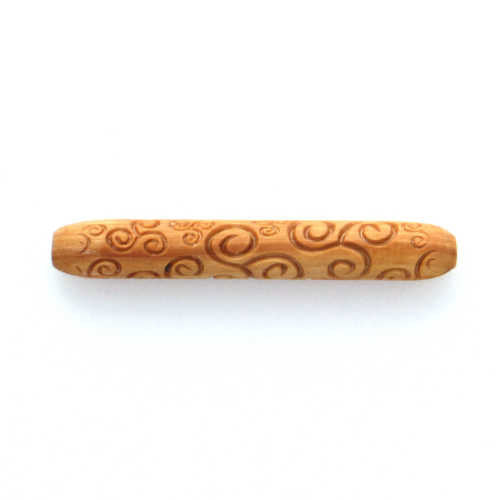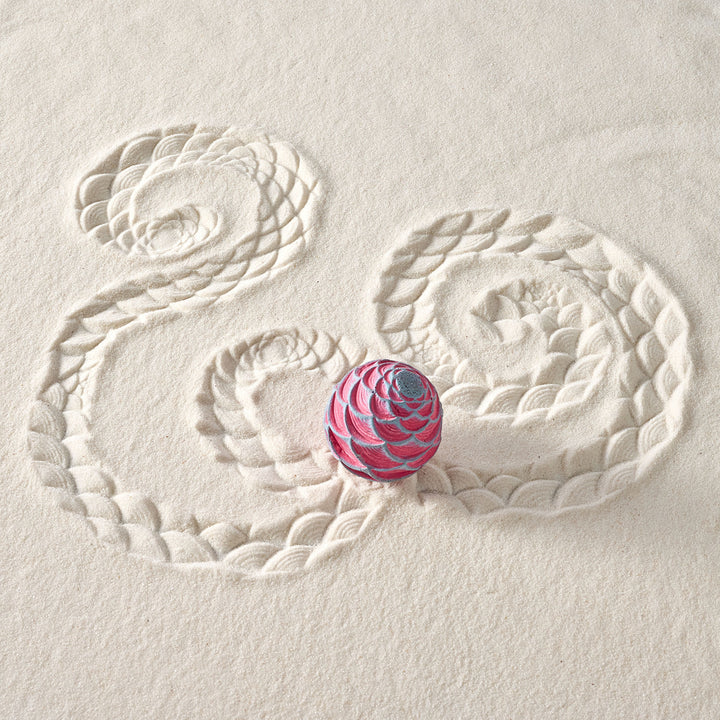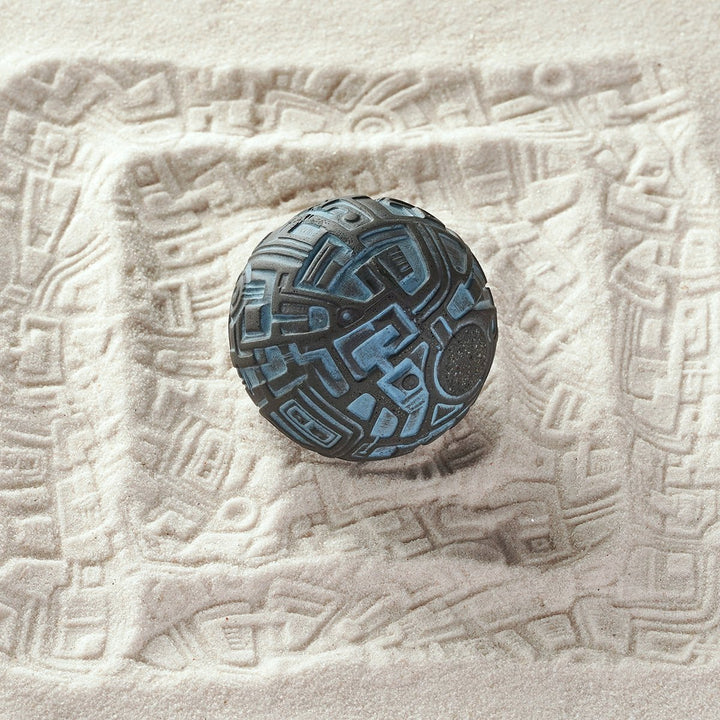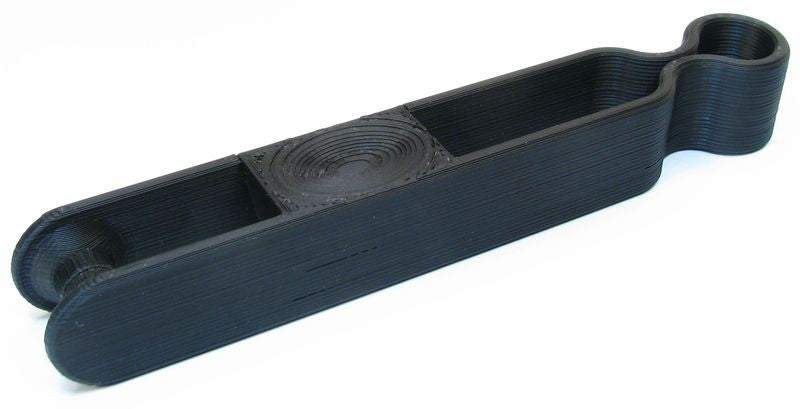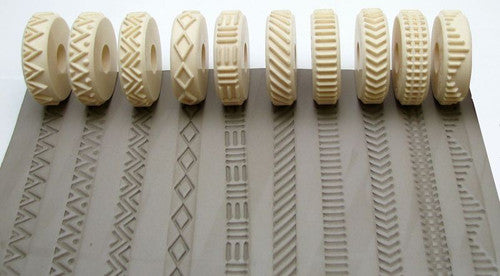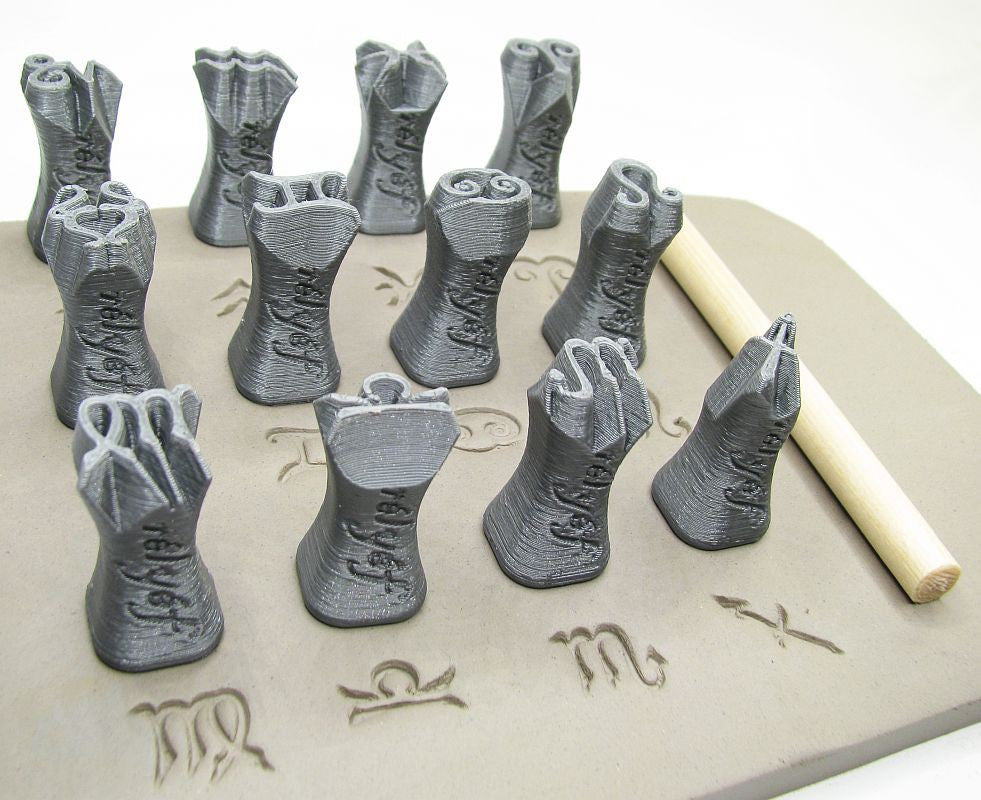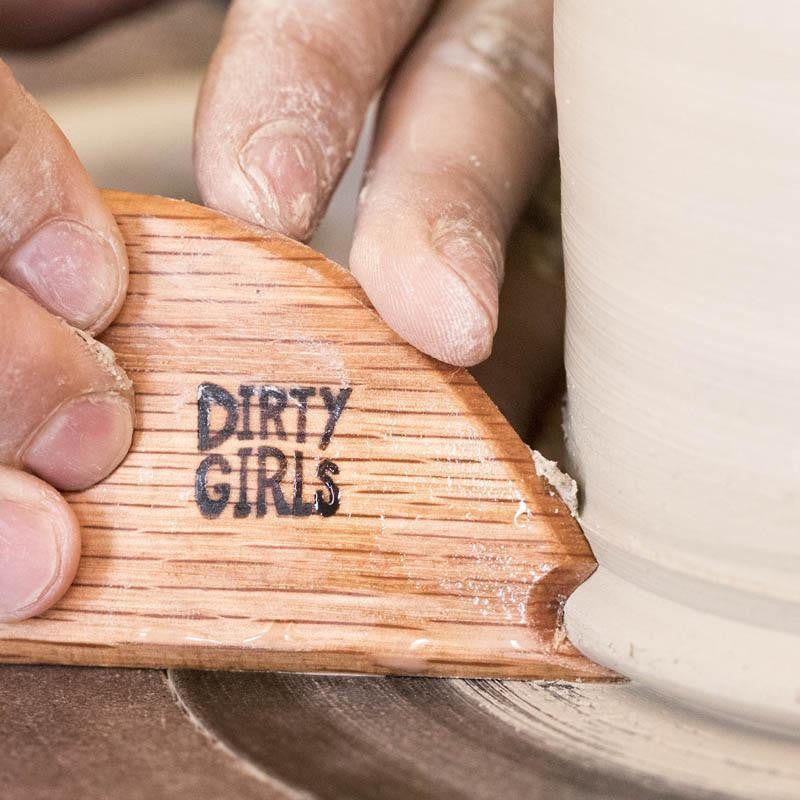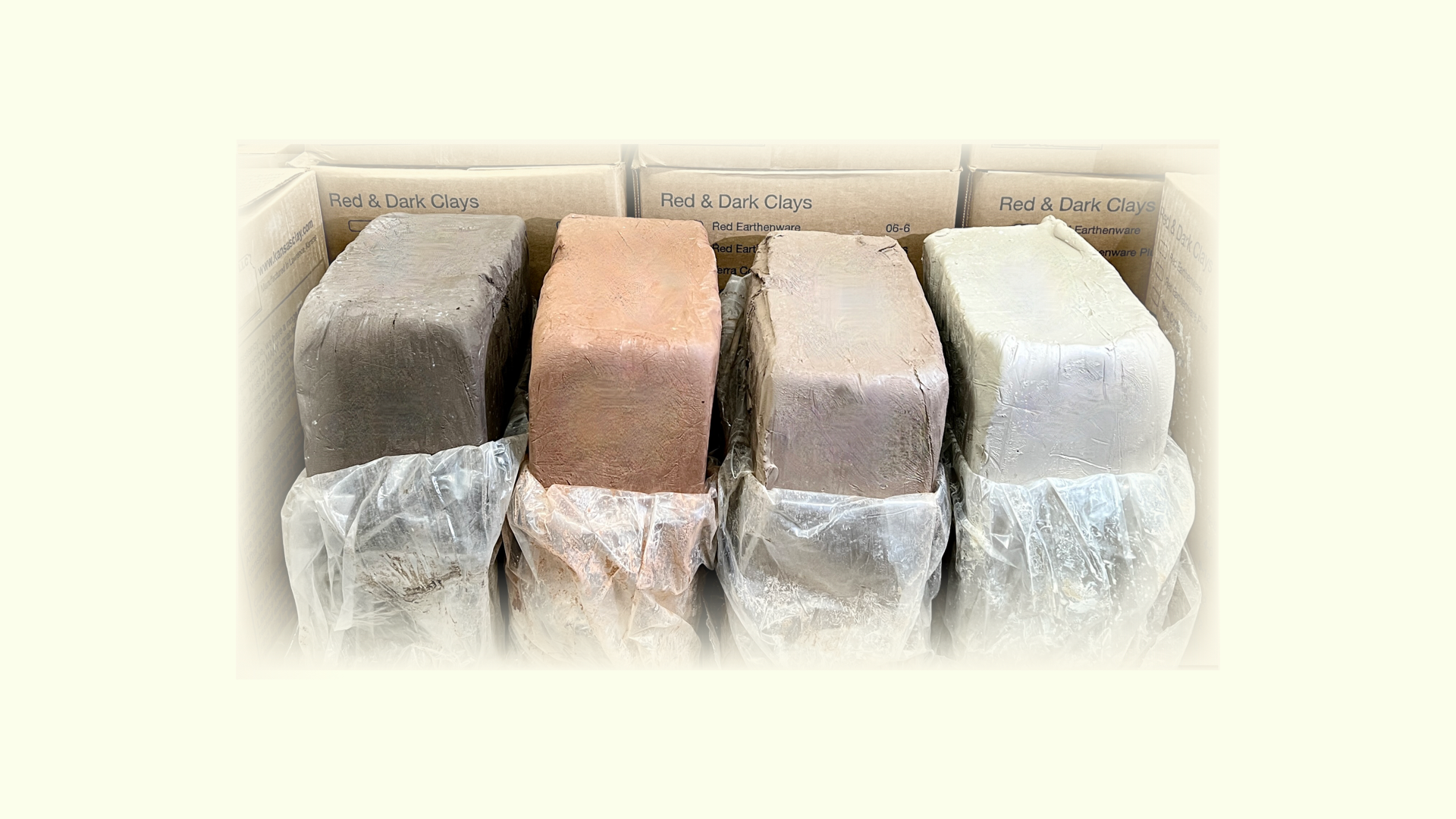Baltic stamps 0.6x0.6 No. 6
Baltic stamps 0.6x0.6 No. 6
Share this product
Baltic symbols
Size of the stamp: 15 mm
Weight of set: 33 g
Material: bioplastic
Set contains 10 stamps of baltic symbols, a wooden rod (8 mm in diameter) and instructions.
Relief stamps for easy clay & pottery embossing.
Decorative ceramic clay tools are made from bioplastic, which is based on corn starch. At the end of the life cycle they can be bio-degraded (composted). Their manufacture and disposal pose a minimal burden to the environment.
NOTE FROM BRACKER'S:
We debated including this stamp set because of the similarity to the Nazi swastika. However, that symbol has been used in a variety of different cultural and religious applications over the years, far before the Nazis ruined a good symbol.
Ugunskrusts (lots more information on the history, signs, and rhetoric of this symbol in Latvia)
Nazism stained the reputation of the Ugunskrusts, "Fire Cross," or the swastika. Prior to the rise of Nazi Germany, the swastika was used by both Latvian and Finnish militaries. The swastika appears in many and ornate variations in Latvian folk costumes and crafts. Indeed, there is no other culture in which it appears in more variations. It is ingrained in Latvian identity. Different incarnations of the swastika cross symbolize different Latvian deities or aspects of life. The right-facing swastika: Pērkons ("Thunder", thus the "Thunder Cross"), left-facing: Laima ("Good Fortune"), multi-pronged: Zars ("branch"), and narrowing and curved ends: Ķeksis ("hook"). In Latvian mythology, the fire-cross symbolizes the sun's (Saule) never-ending movement, defeating evil while promoting good health, prosperity, and good fortune.
Hurry up, only 1 item left in stock.
Your payment information is authorized at checkout, your order is then reviewed by staff, and your payment is processed securely after your order is confirmed. We do not store credit card details nor have access to your credit card information.























